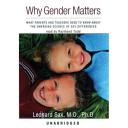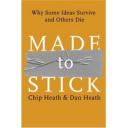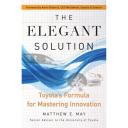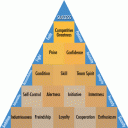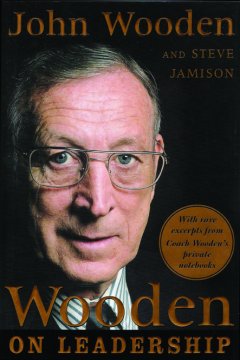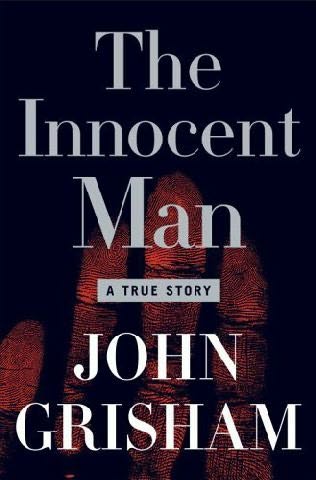This is a great book about how boys and girls are hardwired to be different and how to deal with their differences.
The main take-aways for me:
1. Girls listen better than boys. Put boys in the front of class helps.
2. Boys like to take risks and enjoy thrill while girls tend not to. This is why scaring boys about the negative effects of drug does not work well. “Victim-orient” discussion is best for girls but not for boys. And boys don’t really “feel” things.
3. What the recent phenomenon of hook-up means to boys and girls and how to prevent boys and girls from hooking-up.
4. Co-ed schools may be harmful for girls who tend to lack self-esteem and not take risks. And it’s harmful for boys who may be compelled not to take arts and literature and other seemingly feminine activities. Having been educated in an all-boy school, I felt I was deprived of the skills in dealing with girls. This has negative effects as well. I think there needs be balance.
5. The harmful effects of ignonymous male – being rejected by male and female friends.
6. The difference between gays and trans-sexual. Gays tend to be more masculine than non-gay. Not true for lesbian. And the physiological difference between male and female is bigger than male and gays. Bi-sexual is rare for men – more as a cover up for homosexuality. Bi-sexual for women is not unusual but not necessarily in the sexual sense.
7. Girls who play sports tend to do well due to high esteem and less likely to be teen mom or suicidal. Should encourage girls to take risk and sports activities and boost girls’ self esteem. On the other hand, boys who play sports has higher risk to get a girl pregnant.
8. Being strict with girls work by allowing them to have a way out of activities they may not want to do but forced to do by peer pressure.
9. The fact that being masculine and feminine are independent. The self tests at the end are interesting.
I’ve learned a lot from the book. Very useful for raising a child – boy or girl.

